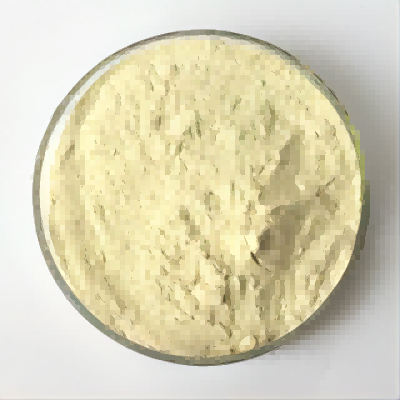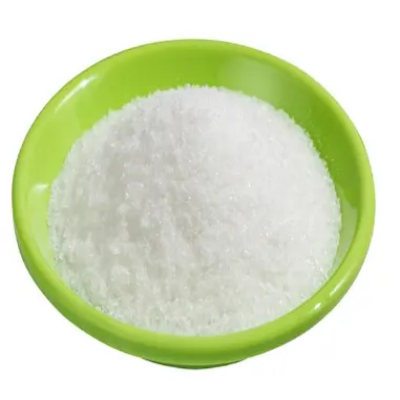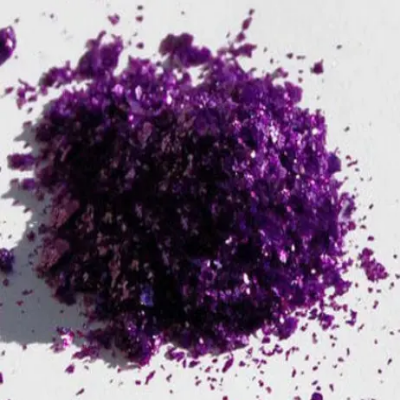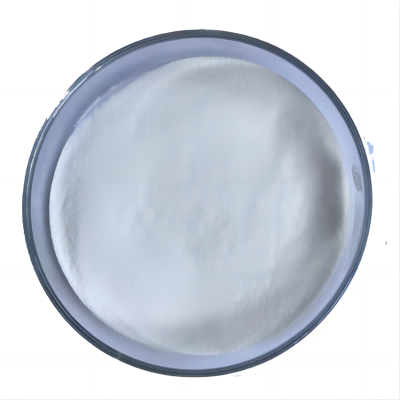9-Carboxyfluorene CAS:1989-33-9
9-Carboxyfluorene is utilized in various fields, including organic chemistry, materials science, and pharmaceuticals, due to its unique structural properties and functional groups. In organic synthesis, 9-carboxyfluorene acts as a versatile intermediate for the production of complex organic molecules. Its carboxylic acid functionality allows for further derivatization through esterification, amidation, or coupling reactions. By modifying the carboxylic acid group, chemists can create a wide range of compounds with tailored properties for specific applications, such as drug development or fine chemicals. In the field of materials science, 9-carboxyfluorene is explored for its potential use in creating fluorescent materials and polymers. The presence of the fluorene moiety contributes to its optical properties, making it suitable for applications in organic light-emitting diodes (OLEDs), sensors, and photovoltaic devices. Researchers are investigating the incorporation of 9-carboxyfluorene into polymer matrices to achieve enhanced luminescent properties, which could lead to advancements in optoelectronic devices. Additionally, 9-carboxyfluorene may play a role in biological studies, particularly in understanding cellular processes. Its fluorescent properties enable its use as a probe in fluorescence microscopy, allowing researchers to visualize and study the behavior of cells or biomolecules. The carboxylic acid group can also facilitate conjugation with biomolecules, enhancing its utility in bioimaging and targeting applications. Moreover, the compound can be used in environmental chemistry to monitor the degradation of polycyclic aromatic hydrocarbons (PAHs), as its structure is closely related to these compounds. By studying the behavior and transformation of 9-carboxyfluorene in various environmental conditions, researchers can gain insights into the fate of PAHs and develop strategies for assessing pollution and ecological impact. Overall, 9-carboxyfluorene is a valuable compound with diverse applications in organic synthesis, materials science, and biological research. Its unique chemical properties and versatility continue to drive interest in this compound, leading to ongoing exploration of its potential uses and implications across multiple disciplines.






| Composition | C14H10O2 |
| Assay | 99% |
| Appearance | white powder |
| CAS No. | 1989-33-9 |
| Packing | Small and bulk |
| Shelf Life | 2 years |
| Storage | Store in cool and dry area |
| Certification | ISO. |









